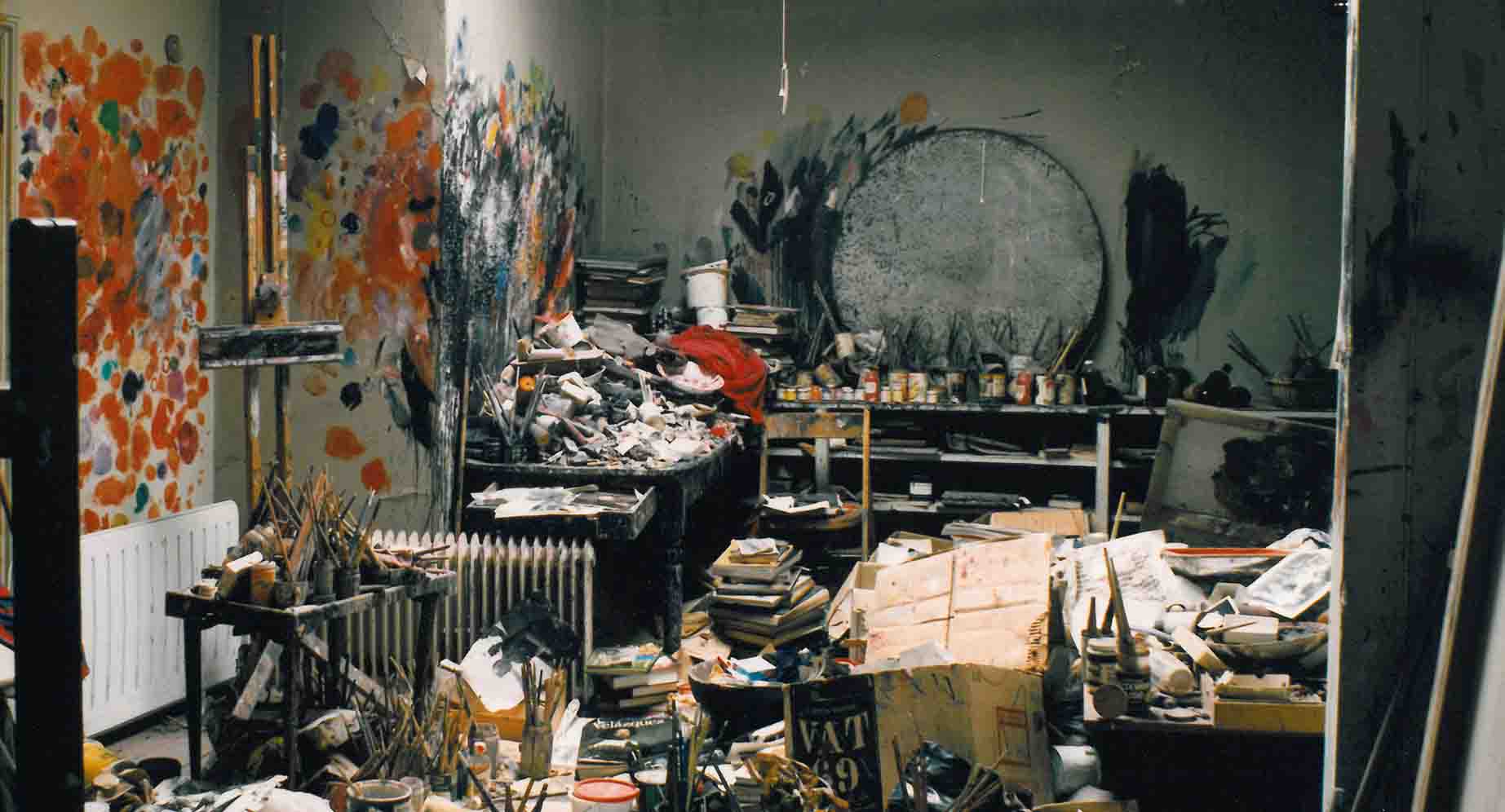It is proposed that the underlying structure of much prominent moving-image work is based upon the twin concepts of the 'Three-Act Structure' and the 'Hero's Journey', both of which define each other through their rules-based 'relationship' within any given piece, derived originally from the theatrical origins of film and moving media.
Each Act in this particular structure has its' own integrity and can stand alone in terms of their plot progression - This is primarily again due to the idea within theatre that the audience will require a break every so often, or an 'interval' - which may be used in order to establish the passing of time within the play, or in order to allow the audience to physically disengage with the entertainment.
Interestingly, the rise of cinema and moving-image has provided a means of escape from theatrical classicism - such as freedom from the 'Classical Unities' which form the basis of every 'conventional' production and govern the 'ground-rules' for classic works - such as, for example, the concept that every action within a production must occur within a fictional twenty-four hour span. Due to the prevalent idea that film creates intrigue through what
is and
is not shown to the audience, an escape from these overarching classical frameworks is possible.
Jean-Luc Godard famously said “Every movie needs to have a beginning, middle and an end, but not necessarily in that order.” This was a reference to the idea that narrative need not be 'linear', such as the aforementioned 'conventional theatre' - instead a popular thematic re-arrangement in many 'thriller-genre' films is to present the 'resolution' before the 'crisis' or even the premise of the film is established, to create a frame of reference which keeps the audience guessing as to how that conclusion is reachable and in turn create suspense.
A breakdown of this 'Three-Act Structure' is presented below in an infographic I created for the purpose of explaining how the time within media is utilised under such a scheme.
This is the basic outline of what the structure looks like. Each part is intrinsically more complex than this, but in terms of understanding this is the 'general rule' as per se.
This however is only pertaining to the overarching story; a prerequisite of the 'Three-Act Structure' is that these external changes are matched with an internal struggle or an 'inner layer' of the story which marks character development in the protagonist - for example, physically, romantically or spiritually.
A good example of this structure can be seen in the film 'Willow' - In which two members of a race of 'little people' accept the task of taking a human child, (which is eventually hailed as the 'chosen child') back to the human domain - which eventually leads to the overthrow of a tyranny and the development of Willow's self-confidence and magical skills.
This combined with the monomythic elements of the 'Hero's Journey' - the two worlds, the prophecy and the 'failed hero', create a perfect example of the development of moving image technique and theory.









